Analyst’s corner digest #15
Analysts Corner
AUGUST 8, 2023
We’ve got some insights on using SWOT and identifying business rules, a guide to assess your enterprise architecture practice maturity, an interview with Karl Wiegers as recorded by Fabricio Laguna; and a few career stories: how do you start a new project as a BA? And some people told me UML is dead — still kicking, and useful as ever!

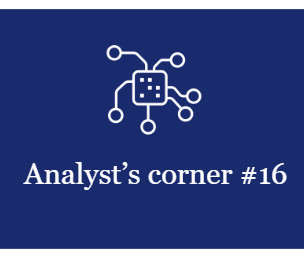
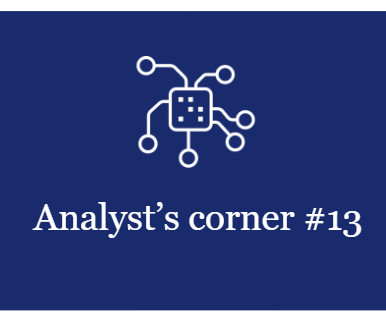
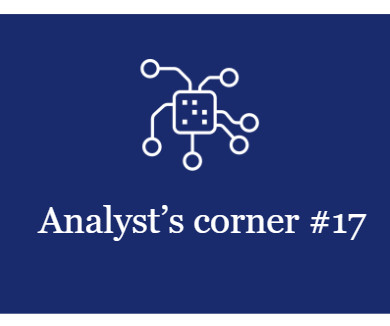



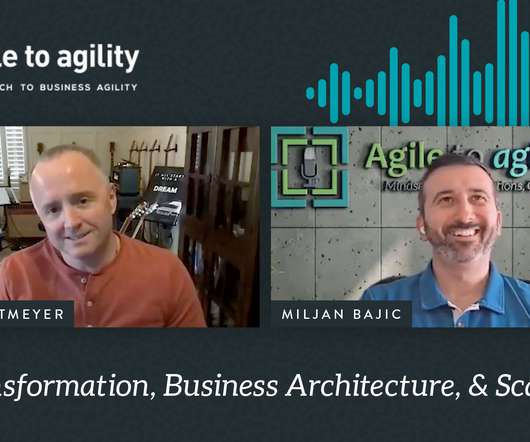
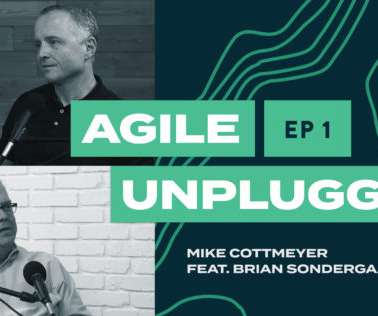







Let's personalize your content